Premium Only Content
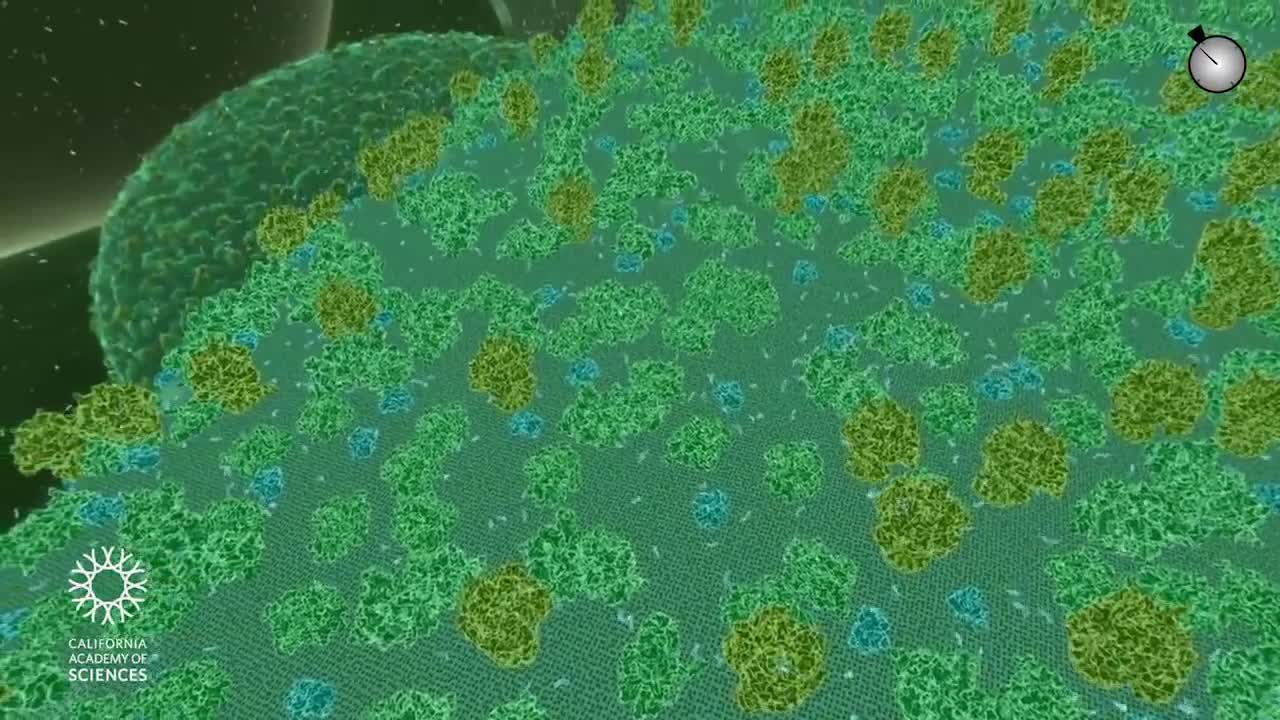
Travel Deep Inside a Leaf | California Academy of Sciences
Take a journey inside a leaf of a redwood tree. Enter the stoma and view photosynthesis on a molecular level, knowing that the animation prioritizes scientific accuracy. Educators might also be interested in an annotated version of this video, which has descriptions in the subtitles: https://youtu.be/pwymX2LxnQs
Alternatively, here is a suggested transcript:
Please turn on subtitles with the CC (Closed Captions) button to see the explanatory annotations designed for educators.©
0:05: We are approaching a redwood tree. To animate a scientifically accurate leaf, artists studied the texture of a redwood leaf specimen on a glass slide at high resolution. They even counted the stomata, and used that exact count for this film!
0:25: These leaves would be measured on a centimeter scale. Throughout the animation, we will gradually zoom in to smaller scales.
0:40: As we approach a single stoma, we are now on a millimeter scale.
0:48: As we enter the interior of the leaf, we see many individual palisade cells. These cells are where photosynthesis takes place; they are translucent to allow sunlight to enter.
1:00: As we approach a single palisade cell, we’ll zoom down to the micrometer scale. The shapes inside the cell are organelles: the bright globules at the bottom are the Golgi apparatus; the yellow spotted tubes are endoplasmic reticulum studded with ribosomes.
1:09: That large, blue membrane surrounds the nucleus; the purple blobs are mitochondria.
1:18: The faint, yellow, spider-web structure of the cytoskeleton provides structure and support to the cell.
1:24: You are about to enter a chloroplast; inside you see flat, pancake-like membranous structures called thylakoids. This is where the light-dependent reactions of photosynthesis take place to produce ATP, the cell’s energy carrier molecule. way
1:38: The time scale has changed: the molecules are shown moving 1 million times slower than in real life!
1:42: As we near an individual thylakoid, the animation scale continues to shrink down to the molecular level, where things are measured in nanometers.
1:52: The green and blue bush-like structures are photosystems: clusters of proteins that absorb light energy from the sun and help convert it into the chemical energy that’s stored in the bonds of the energy carrier molecule called ATP.
2:03: The yellow-green, rotating structure is an enzyme called ATP synthase. It pumps protons from one side of the thylakoid membrane to the other, assembling ATP molecules in the process.
2:16: The pulses of light in the thylakoid membrane in which the photosystems are embedded represent energized electrons being passed from one photosystem to another, passing along the energy which will be stored in the bonds of ATP (the classic “bucket brigade”).
2:26: The small “wigglies” are ATP molecules. Living things store energy in the bonds of the ATP molecules and then use that energy to conduct all the processes of life.
This animation is a model, and has its strengths and limitations. In order to model something well, visual artists have to make decisions about what to represent and how best to do so. What’s present in this model, and what’s intentionally missing or altered? Find out by visiting https://www.calacademy.org/educators/...
- - -
The California Academy of Sciences is a renowned scientific and educational institution dedicated to exploring, explaining, and sustaining life on Earth. Based in San Francisco’s Golden Gate Park, it's the only place in the world to house an aquarium, planetarium, rainforest, and natural history museum—plus cutting-edge research programs—all under one living roof.
-
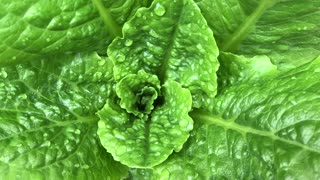 0:26
0:26
Amolaa
3 years agoTravel Deep Inside a leaf
2611 -
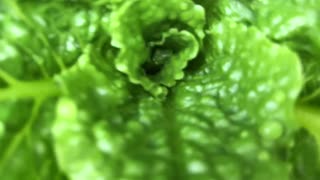 0:03
0:03
Amolaa
3 years agoTravel deep Inside a leaf Unbelievable
1682 -
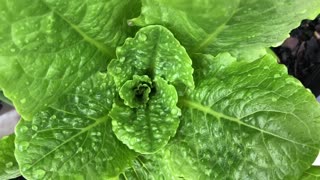 0:43
0:43
Amolaa
3 years ago $0.01 earnedTravel deep Inside a leaf Amazing
962 -
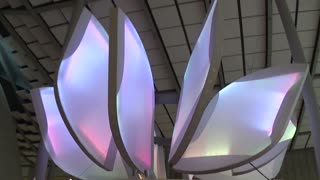 3:00
3:00
Paulsky Photography
3 years agoSan Francisco, CA — California Academy of Sciences #10
48 -
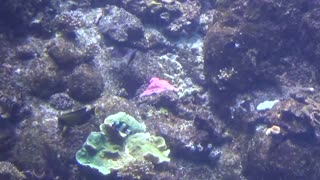 4:00
4:00
Paulsky Photography
3 years agoSan Francisco, CA — California Academy of Sciences #9
23 -
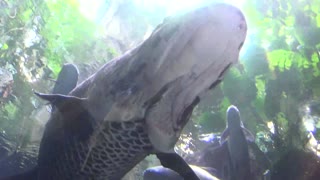 4:00
4:00
Paulsky Photography
3 years agoSan Francisco, CA — California Academy of Sciences #7
25 -
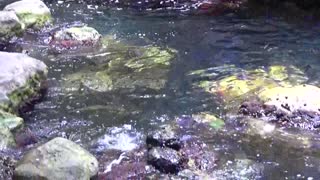 3:00
3:00
Paulsky Photography
3 years agoSan Francisco, CA — California Academy of Sciences #4
15 -
 4:00
4:00
Paulsky Photography
3 years agoSan Francisco, CA — California Academy of Sciences #1
22 -
 2:05:07
2:05:07
Darkhorse Podcast
1 day agoWhy Trump Wants Greenland: The 257th Evolutionary Lens with Bret Weinstein and Heather Heying
292K462 -
 8:50:58
8:50:58
Right Side Broadcasting Network
1 day ago🎅 LIVE: Tracking Santa on Christmas Eve 2024 NORAD Santa Tracker 🎅
353K51